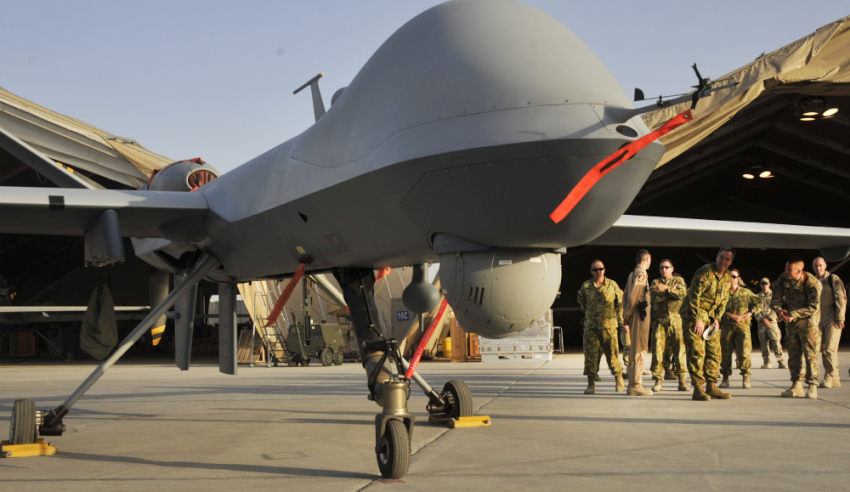Military supremacy in the 2020-2050 era will be dictated by a force’s ability to effectively employ fifth generation (or later) capabilities throughout the battlespace.
To continue reading the rest of this article, please log in.
Create free account to get unlimited news articles and more!
Notwithstanding the omnipotent threat posed by cyber warfare, it is these physical assets and their technological prowess that have the ability to autonomously identify, detect and affect a threat element well before the traditional military decision-making cycle has even commenced. The question remains, however; are Australian military forces, let alone our traditional coalition partners, supported by commensurate fifth generation enlightenment within our command philosophies and are our armed forces enabled by a fifth generation legal framework? Without either of these, the operational effectiveness of a fifth generation asset is severely compromised, as is the legal basis protecting our service men and women.
The crux of the matter is that fifth generation ISREW (intelligence surveillance reconnaissance and electronic warfare) capabilities achieve supremacy by virtue of their dynamic interconnections, with all assets able to be leveraged and controlled by co-operative partners. In essence, a host nation can deploy an airborne asset to a region, with a coalition partner receiving intelligence feeds from that asset, and potentially possessing the ability to control the platform, including initiating kinetic and non-kinetic effects. This shared control could occur simultaneously, without either party affecting the other’s mission (i.e. shared service of a military asset during operations), or with a co-ordinated transfer of command authority between partners.
The implications of this dynamic are best illustrated via the premise of the excellent 2016 movie Eye in the Sky, where UK officials control terrestrial and airborne assets to observe and attack an approved adversary. Due to adverse collateral damage assessments, the controlling nation (the UK) debates the appropriateness of the mission, however the US (as a coalition pPartner, but operating under different constraints) supports and encourages the UK to launch the attack. With a fifth generation capability, the potential exists for the two partners to transfer command and control of the platform and enable the attack to occur under the more lenient rules of engagement. The question arising from this hypothetical is: have the UK commanders abrogated their responsibilities by transferring capability and potential culpability to the US? This hypothetical is all too real, and will soon be faced by the men and women of the ADF and other government departments.
The highly respected Peter Leyton recently articulated that the realisation of a fifth generation force is the actualisation of four underpinning tenets as a system of systems (networks, combat cloud, multi-domain battle and fusion warfare). However, for such a force to be effective, it needs to be employed and directed with enlightened command philosophies and supported by an appropriate legal framework, both of which must address the significant challenges posed by the very capabilities they seek to control.
Perhaps the ADF needs to consider a fifth tenet (technology morality), before it can realise a fifth generation capability?
Angus Heatley
Angus Heatley is the Director of Operations for BCT Solutions, Australia’s leading C4ISREW consulting firm. Angus is an ex-defence member with operational service in Afghanistan, Iraq and the Solomon Islands. He is passionate about the technical, legal and moral issues facing the Australian Defence Force, especially within the ISREW domain.

 Login
Login







